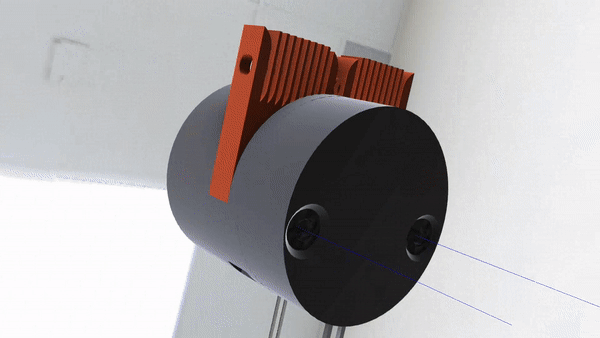Tindie is a great place to find uncommon electronic components or weird/interesting boards. [Xose Pérez] periodically “stroll the isles” of Tindie to keep up on cool new components, and when he saw Panasonic’s Grid_EYE AMG88 infrared sensor, [Xose] knew that he had to build something with it. The awesome find is an 8×8 IR array sensor on a breakout board… the hack is all in what you do with it.
Already taken by “LED fever,” [Xose’s] mind immediately fixated on an 8×8 IR array with an 8×8 LED matrix display. With a vision, [Xose] threw together an IR sensor matrix, a LED matrix, a small microcontroller, a Li-Ion battery, a charger, and a step-up to power the LEDs. What did he end up with? A bulky but nice camera that looks fantastic.
While commercially available IR Cameras have thousands of pixels and can overlay a normal image over an IR image among other fancy stuff, they are sometimes prohibitively expensive and, to quote [Xose], “waaaaaay less fun to build”. Like any engineer, [Xose] still has ideas for how to improve his open source camera. From more color patterns to real time recording, [Xose] is only limited by the memory of his microcontroller.
Moreover, [Xose’s] camera is inspired by the Pibow cases made by Pimoroni and this is only one project in a series that uses a stack of laser cut pieces of MDF and acrylic for the project enclosure. What’s not to love: short fabrication times and a stunning result. Want more project enclosures? We’ve got plenty.


















